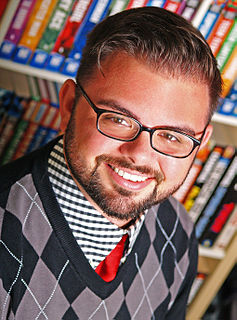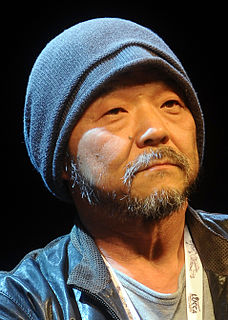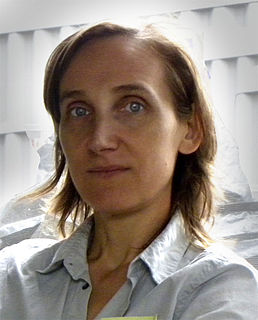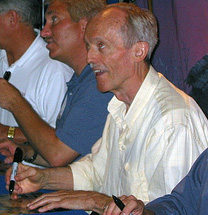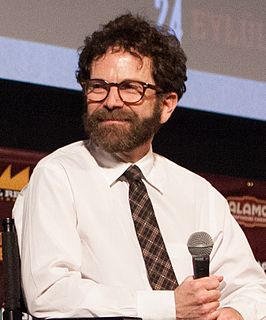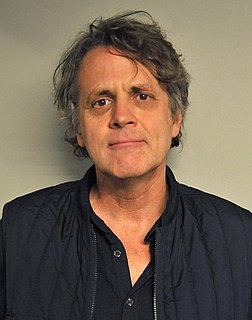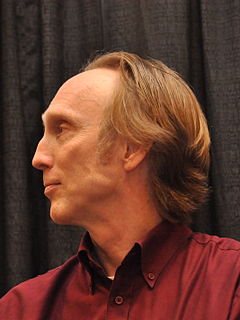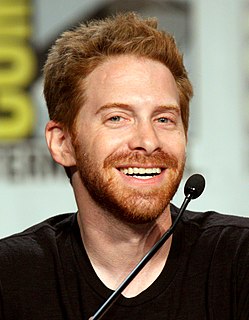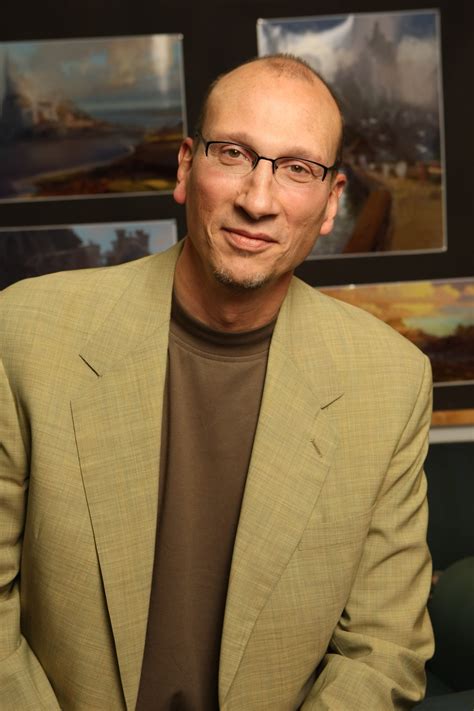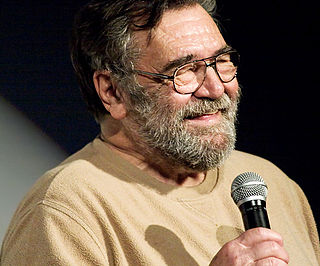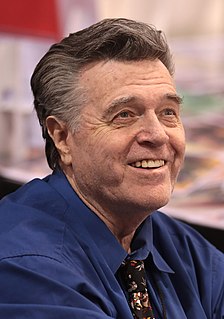A Quote by Eric Wight
What I've done for the last ten years is develop high profile entertainment properties for animation, so it's kind of funny to be able to create my own book to already know how I'd want to develop it for animation and live action.
Related Quotes
Animation remove you from a visual reality - if it was live action, you wouldn't be able to see through the person's mind. But animation takes a step away. It creates a very stylized landscape, but at the same time it is the form that is best able to address the reality of being alive and being in pain.
Yeah, once we decided to use that replacement animation, and the seams are a function of that animation, and other movies paint those out, we decided we wanted to keep the presence of the animation and the type of animation that it was rather than make it look polished. It created a kind of vulnerability, I think.
I'm surrounded by a lot of live-action movie professionals, and I'm just taking their lead, as far as what to schedule to do next. I'm guessing the challenge is going to be not having two characters together, and shooting the live-action without having the animation. In animation, you get to get in between every frame and you work it all out together.
It [moviemaking] is about entertaining audiences with great characters and great stories, you want to make people laugh, you want to make people cry, you want to have great music that is memorable. You want a movie that, as soon as it's over, you want to watch it again, just like that. That's what it is, whether it's live-action, animation, hand drawn, computer, special effects, puppet animation, it doesn't matter. That's the goal of a filmmaker.
I do have more directorial control over animation, because it's like trial and error: If something doesn't work, you can always go back and change certain things. Whereas in live action, every day is a challenge, and you have to make decisions on an hourly basis. So in live action I have more freedom as a director, but in animation, I have more control over the final product.
I really love animation as a storytelling medium, whether it's traditional, cel animation, or CG, or stop motion, which is more our studio's area of focus. But I find that the creatives behind any kind of animation are typically very similar, and so regardless of what aesthetic they use to realize their vision, I'm usually pretty into it.
I so love the animation process. Interesting, everything that I do in animation, the kind of crafting and skills of storytelling, totally work within the structure of the Disney nature films. In a weird way, I like to think that animation is like painting, and Disney nature is like sculpting. Animation you start with a blank canvas and you paint. With Disney nature, you start with a big block of imagery and you hone it down into your final story. Somewhere you end up with something kind of pretty to watch.
Motion comics are a medium all their own. It is certainly not animation, in which a large number of artists do tens and even hundreds of thousands of drawings. The animation, or 'the reality,' is created in a computer, and the work of the original artist is the work. Nor is it a comic book. You can't turn the pages. You can't read the dialogue.
